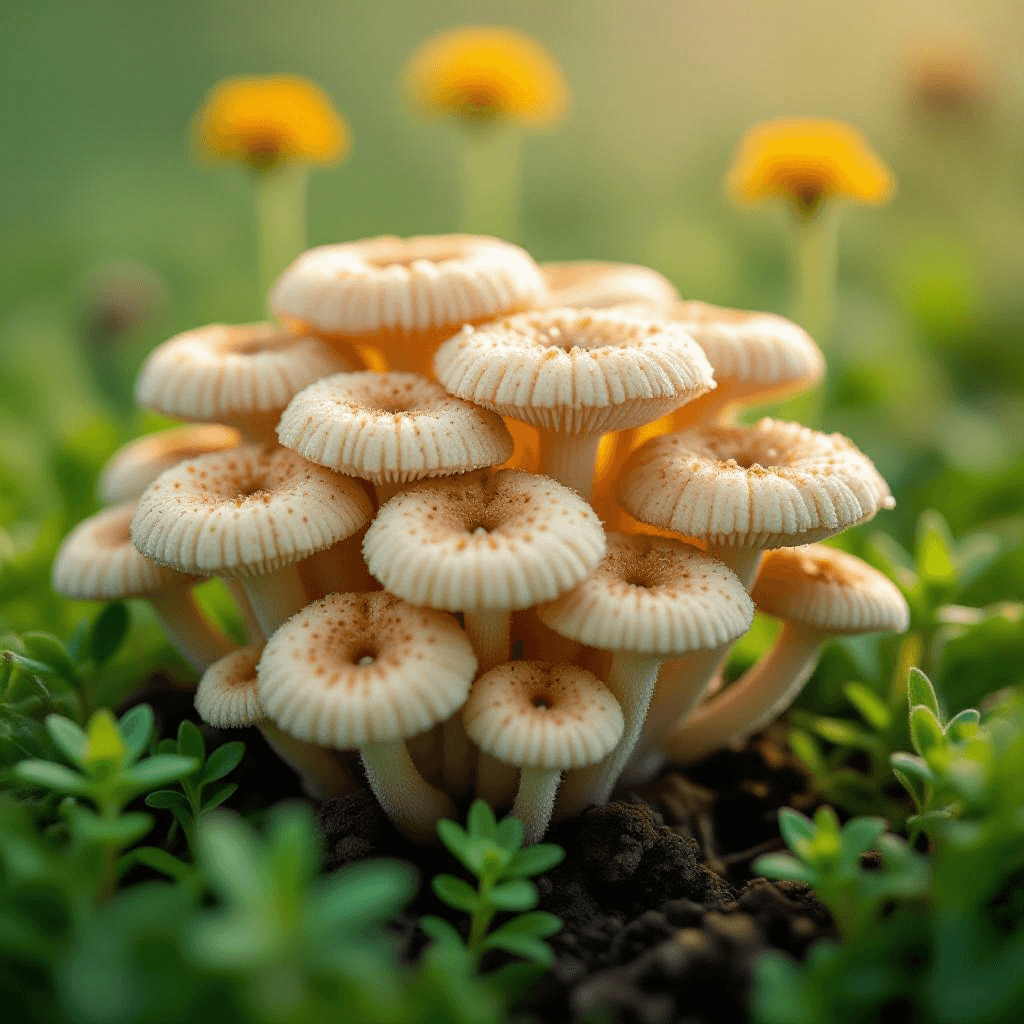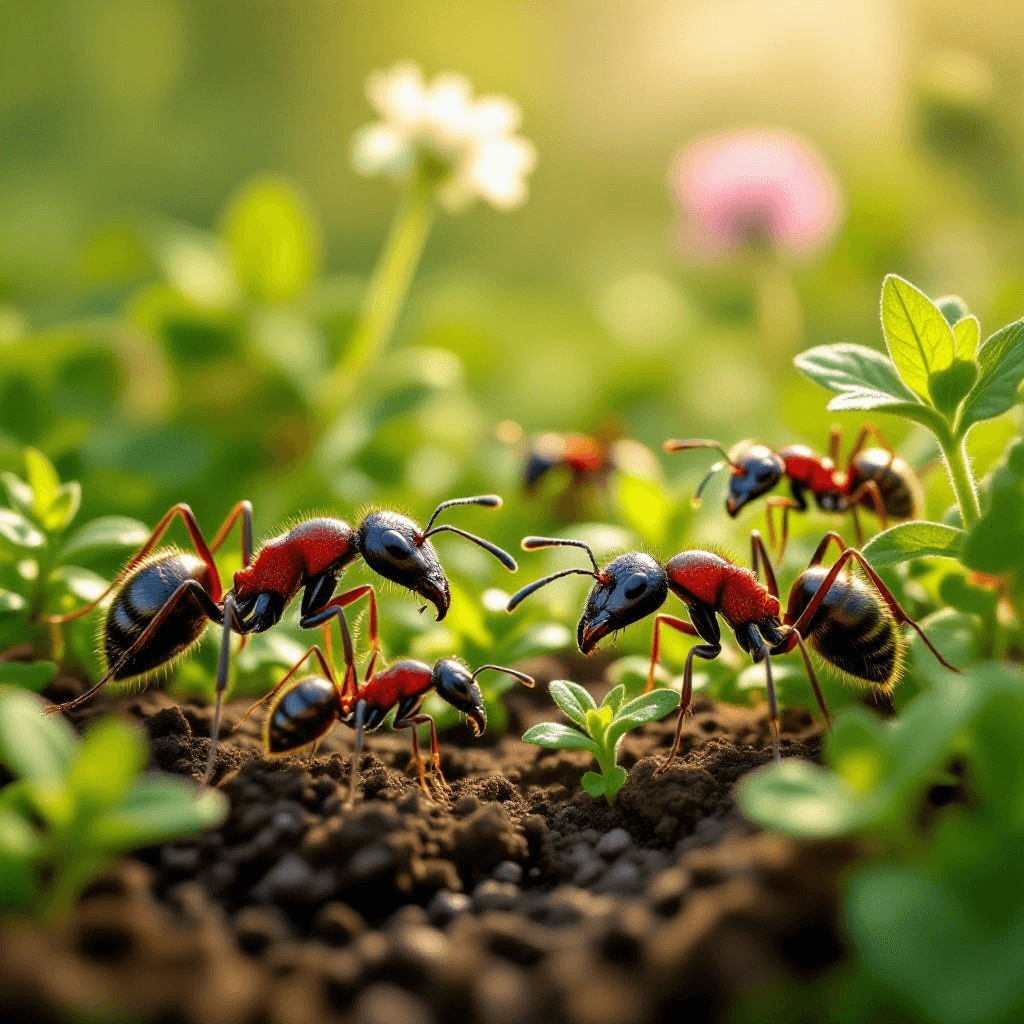Understanding Fungal Diseases in Gardens
Fungal diseases represent a significant challenge in gardening, particularly within the UK. Fungi, which are part of a vast kingdom separate from plants and animals, can manifest in various forms including molds, yeasts, and mushrooms. They thrive in moist and warm conditions, leading to a heightened risk of infection during wet periods, particularly in spring and autumn. The life cycle of fungi typically involves spores that can spread through water, air, or direct contact, making them a common concern in both commercial and home gardens.
Several environmental factors contribute to the proliferation of fungal diseases. High humidity and poor air circulation around plants can create a favorable environment for fungi to flourish. Additionally, overwatering practices can lead to excessive soil moisture, which encourages fungal growth. It is essential for gardeners to recognize these conditions and implement practices that can mitigate the risks associated with such pathogens.
Certain plant species exhibit heightened vulnerability to fungal infections, with factors such as genetics, health, and cultural practices playing a crucial role. For instance, plants like roses and cucumbers are frequently affected by powdery mildew, while beans and many ornamental plants can be susceptible to rusts. Understanding which plants in your garden are at risk can aid in a proactive approach to managing and preventing these diseases.
Fungal infections can have dire consequences if left untreated. They often unfold in stages, beginning with seemingly harmless symptoms that can escalate to significant damage, affecting photosynthesis and overall plant health. Infected plants may show signs such as wilting, yellowing leaves, or stunted growth, ultimately leading to decreased yield in edible plants or aesthetic value in ornamental varieties. Thus, identifying and addressing fungal diseases promptly is critical in maintaining a healthy garden.
Identifying Powdery Mildew
Powdery mildew is a common fungal disease that poses a significant threat to various plants in UK gardens. Gardeners must be vigilant in recognizing the distinct signs and symptoms of this affliction to implement effective control measures. One of the primary characteristics of powdery mildew is the presence of a white or grayish powdery substance that blankets leaves, stems, and sometimes flowers. This dust-like coating is composed of fungal spores and mycelium, which can be easily seen, particularly on younger leaves.
Affected leaves may exhibit yellowing or necrosis, an indicator that the plant is struggling. Over time, as the disease progresses, the leaves may curl, distort, and ultimately drop prematurely. In some cases, powdery mildew can also impact the flowering process, resulting in poor fruit set or distorted flower structures. It is essential for gardeners to differentiate powdery mildew from similar diseases, such as downy mildew, which typically appears in a more fuzzy texture and on the underside of leaves, and is often associated with higher humidity levels.
The conditions that favor the development of powdery mildew are crucial for understanding its proliferation. This fungal disease thrives in environments that exhibit high temperatures and low humidity, often thriving in crowded plantings with poor air circulation. Therefore, adequate spacing between plants and regular pruning can mitigate the risk of infection. It is important to monitor for the initial signs of powdery mildew as early intervention can lead to more effective treatments. For visual reference, observing the characteristic white patches on affected leaves and buds can aid in accurate identification, assisting garden enthusiasts in taking timely action against this pervasive fungus.
Recognizing Rust Fungal Infections
Rust fungal infections are prevalent in various gardens across the UK, manifesting as unsightly, orange or yellowish spots on the leaves of affected plants. These distinctive, powdery formations typically appear on the upper side of leaves, creating significant concern for gardeners who notice these irregularities. Over time, rust spots may develop into larger patches, causing leaves to curl, yellow, and potentially drop prematurely. Thus, early identification is critical to prevent extensive damage.
Commonly affected plants include various members of the legume family, such as peas and beans, alongside ornamental varieties like roses and daylilies. Recognizing specific signs of rust is essential, as it can often be mistaken for other foliar diseases, such as powdery mildew or other forms of discoloration. Unlike powdery mildew, rust spores can be identified on the undersurface of the leaves, often presenting in clusters and releasing a distinctive orange-yellow pigmentation. Gardeners should inspect plants regularly, mainly during warmer months when humidity levels promote rust development.
Several environmental conditions contribute to the spread of rust infections. High humidity and moisture foster the perfect environment for rust spores to thrive, especially in dense plantings with limited air circulation. Practices that decrease humidity—such as improved spacing of plants and timely pruning—can help reduce rust proliferation. Additionally, over-fertilization, particularly with high nitrogen fertilizers, may encourage susceptible plants to become more vulnerable to infection.
Ultimately, familiarity with the characteristics of rust fungal infections enables gardeners to respond promptly, employing informed treatment strategies. By maintaining vigilance and understanding the conditions conducive to rust’s development, gardeners can effectively manage and mitigate this widespread issue, ensuring vibrant and healthy garden plants.
Treatment and Prevention Strategies
Effectively managing fungal diseases such as powdery mildew and rust in UK gardens requires a multifaceted approach comprising treatment options and preventive measures. Early detection plays a critical role, as it enables gardeners to address infestations before they escalate. Regular monitoring of plants for early signs of fungal infections can save time and resources in the long run.
Cultural practices form the foundation of prevention. Ensuring adequate air circulation around plants by proper spacing can significantly diminish humidity levels, which are conducive to powdery mildew and rust development. Additionally, selecting disease-resistant plant varieties can mitigate the chance of infection. Rotating crops and avoiding overhead watering can further reduce moisture accumulation, discouraging fungal growth.
Organic solutions serve as another effective option for treating existing fungal diseases. Neem oil, a natural fungicide, can be applied to affected plants, providing both treatment and a preventive barrier. Other alternatives include baking soda solutions and garlic sprays, which have proven effective in combating powdery mildew. Applying organic mulch around plants can also help maintain soil moisture and discourage fungal activity.
For more severe cases, chemical treatments may be necessary. Fungicides specifically targeted at powdery mildew and rust can be applied, following the manufacturer’s instructions to ensure safety and efficacy. It is crucial to consider the timing of application; early intervention, particularly during the susceptible stages of plant growth, can enhance the chances of successful eradication.
Maintaining overall garden health is paramount in reducing the likelihood of future fungal infections. Regularly pruning plants to remove dead or infected material can significantly diminish the spread of spores. Additionally, ensuring optimal soil health through composting and proper nutrient management can foster resilient plants. Implementing these strategies creates an environment less conducive to fungal diseases, ultimately supporting a thriving garden.


